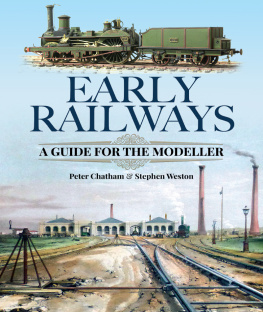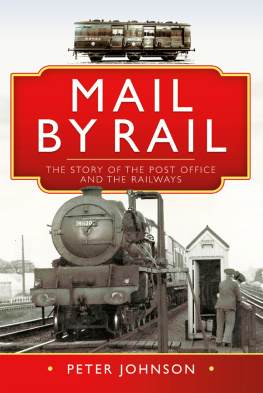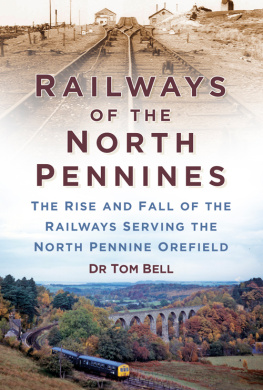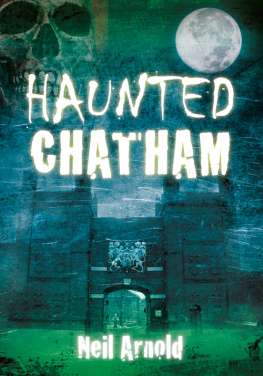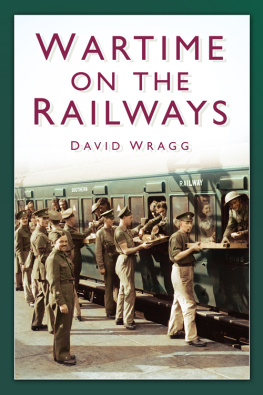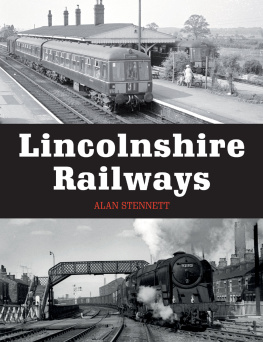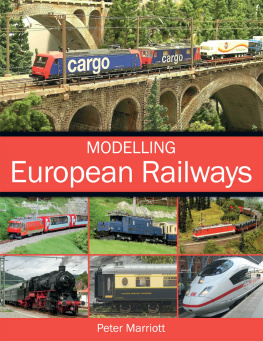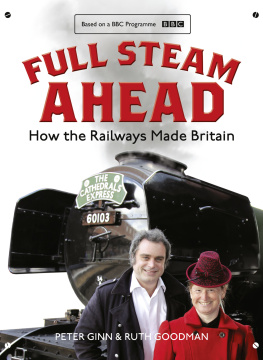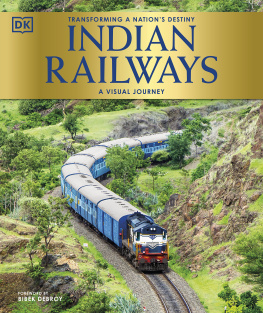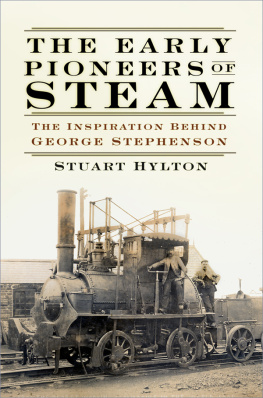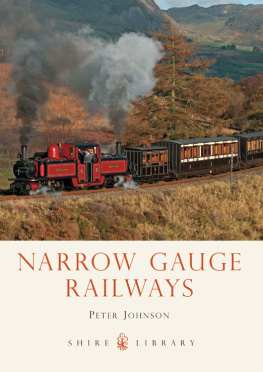Chatham Peter - Early Railways
Here you can read online Chatham Peter - Early Railways full text of the book (entire story) in english for free. Download pdf and epub, get meaning, cover and reviews about this ebook. publisher: Pen & Sword Books, genre: Home and family. Description of the work, (preface) as well as reviews are available. Best literature library LitArk.com created for fans of good reading and offers a wide selection of genres:
Romance novel
Science fiction
Adventure
Detective
Science
History
Home and family
Prose
Art
Politics
Computer
Non-fiction
Religion
Business
Children
Humor
Choose a favorite category and find really read worthwhile books. Enjoy immersion in the world of imagination, feel the emotions of the characters or learn something new for yourself, make an fascinating discovery.
- Book:Early Railways
- Author:
- Publisher:Pen & Sword Books
- Genre:
- Rating:3 / 5
- Favourites:Add to favourites
- Your mark:
- 60
- 1
- 2
- 3
- 4
- 5
Early Railways: summary, description and annotation
We offer to read an annotation, description, summary or preface (depends on what the author of the book "Early Railways" wrote himself). If you haven't found the necessary information about the book — write in the comments, we will try to find it.
Early Railways — read online for free the complete book (whole text) full work
Below is the text of the book, divided by pages. System saving the place of the last page read, allows you to conveniently read the book "Early Railways" online for free, without having to search again every time where you left off. Put a bookmark, and you can go to the page where you finished reading at any time.
Font size:
Interval:
Bookmark:

EARLY RAILWAYS
A GUIDE FOR THE MODELLER
EARLY RAILWAYS
A GUIDE FOR THE MODELLER
Peter Chatham and Stephen Weston

First published in Great Britain in 2019 by
Pen and Sword Transport
An imprint of
Pen & Sword Books Ltd
Yorkshire - Philadelphia
Copyright Peter Chatham and Stephen Weston
ISBN 978 1 52670 016 2
eISBN 978 1 52670 018 6
Mobi ISBN 978 1 52670 017 9
The right of Peter Chatham and Stephen Weston to be identified as Authors of this work has been asserted by them in accordance with the Copyright, Designs and Patents Act 1988.
A CIP catalogue record for this book is available from the British Library.
All rights reserved. No part of this book may be reproduced or transmitted in any form or by any means, electronic or mechanical including photocopying, recording or by any information storage and retrieval system, without permission from the Publisher in writing.
Pen & Sword Books Ltd incorporates the Imprints of Pen & Sword Books Archaeology, Atlas, Aviation, Battleground, Discovery, Family History, History, Maritime, Military, Naval, Politics, Railways, Select, Transport, True Crime, Fiction, Frontline Books, Leo Cooper, Praetorian Press, Seaforth Publishing, Wharncliffe and White Owl.
For a complete list of Pen & Sword titles please contact
PEN & SWORD BOOKS LIMITED
47 Church Street, Barnsley, South Yorkshire, S70 2AS, England
E-mail:
Website: www.pen-and-sword.co.uk
or
PEN AND SWORD BOOKS
1950 Lawrence Rd, Havertown, PA 19083, USA
E-mail:
Website: www.penandswordbooks.com
Acknowledgements
T he authors would like to thank the following for their contributions, advice, suggestions, permissions and loan of materials, without which this book could not have been compiled: Nick Baines, Peter Bishop, John Boyle, Kay Butler, Chris Cox, Anthony Dawson, Marc Dobson, Bob Essery, Ben Fraser, Alan Garner, John Hewlett, David Mills, Railway Modeller , Roger Pidgeon, Ruth and Graham Powell, Nick Salzman, Graham Varley, Cor de Jong, Paul Marchese, Ian Wright and David Viewing.
We also thank our wives Margaret and Jane for their encouragement and forbearance during the writing of the book.
Peter Chatham. Stephen Weston
Introduction
T he aim of this book is to promote and assist the modelling of that formative period of railway history from the very earliest steam railways back in the reign of King George III, up to about 1880 or so, a period which for modellers in Britain at least has been covered scarcely, if at all, in book form. Models are of educational importance, being the only practicable way for people to visualise a kind of railway which ceased to exist long before it could have been recorded in still photographs, let alone cin film or video recording. It might be thought that it would be difficult to find enough information for the period to be accurately modelled, but during the preparation of the book we have found far more material to be available than we could possibly include, and many descriptions have had to be much shorter than we would have preferred.
Interest in early railways is on the increase. A growing band of researchers, including some modellers and a number of academics, are unearthing an ever-increasing amount of information about this period. The Institute of Civil Engineers, the NRM, The Newcomen Society, The North of England Open Air Museum at Beamish and the Railway and Canal Historical Society organised the Second International Early Main Line Railways Conference for June 2018 at the National Railway Museum in York, and there have been several such conferences on Early Railways. This is a growing field of academic research and among the main beneficiaries are railway modellers.
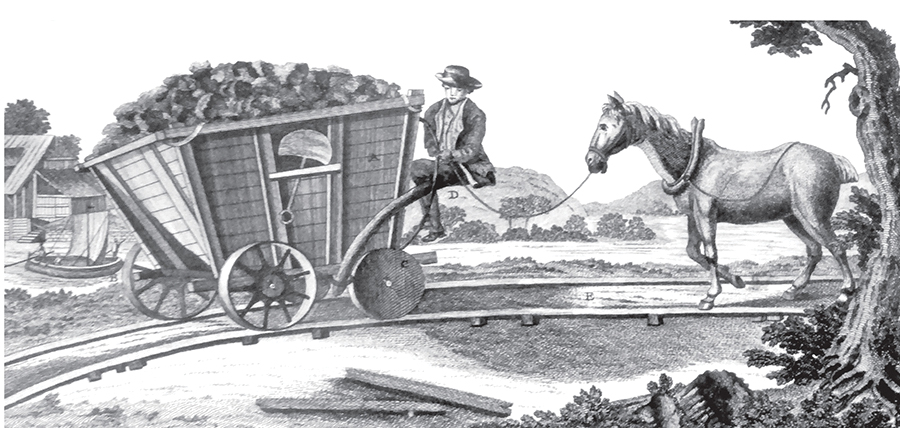
Before steam , there was gravity. The unknown artist has a somewhat tenuous grasp of perspective and does not seem to have noticed that tram plates need lips to guide the wheels, but he gives us a good impression of the way many of the early lines such as this plateway were worked. It was normally downhill from the mine to the river where the coal would be discharged into a waiting boat, so the rider controlled the speed by putting his weight on the brake lever. The horse would pull the empty wagon back up to the mine but had only to follow on the way down. ( Authors collection )
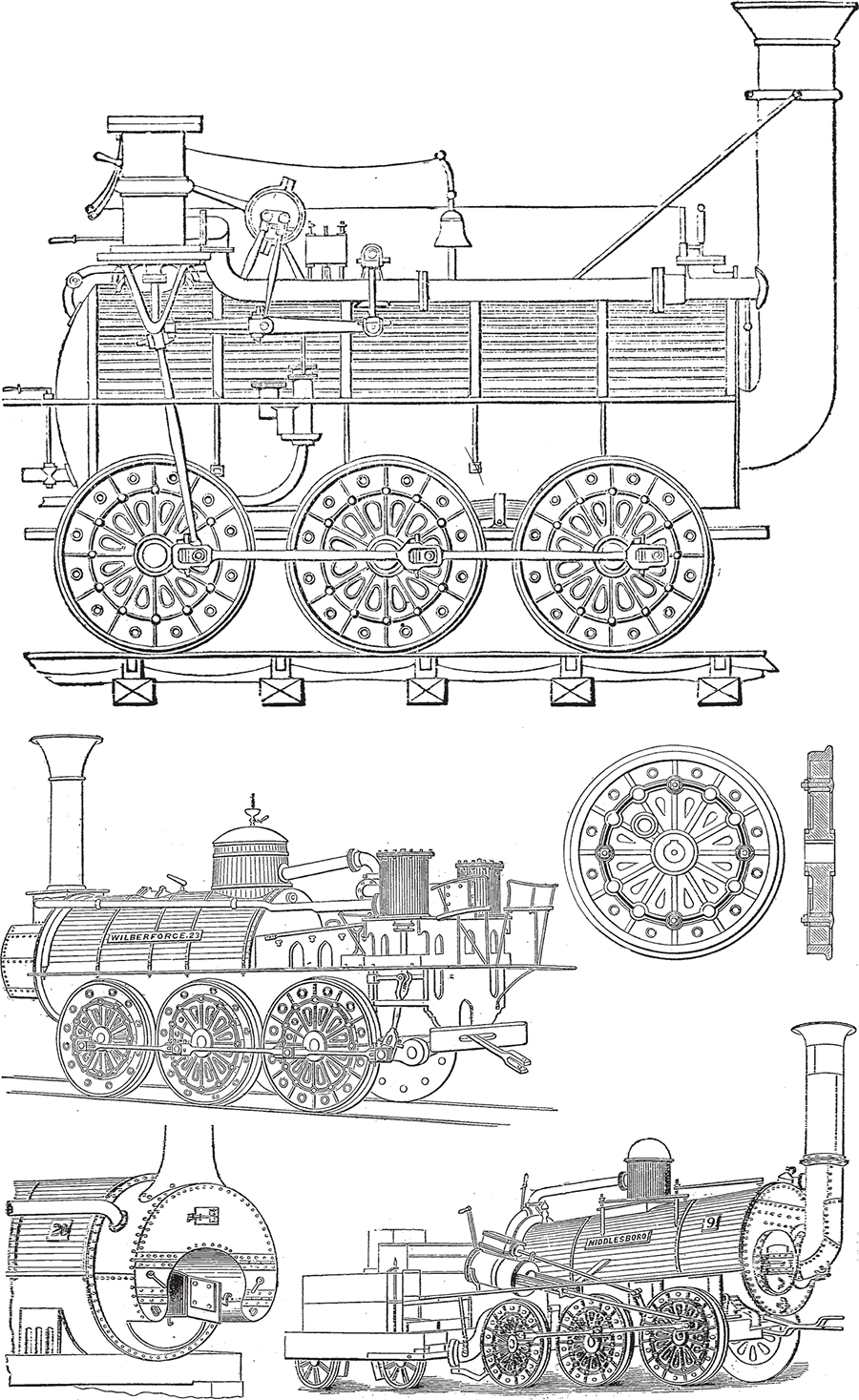
A compilation of drawings of Stockton and Darlington locos, all with return-flue boilers, showing (top) Hackworths Royal George of 1827, and below, clockwise from top left, the Wilberforce type of 1832-36, Hackworths wheel design with assembled cast-iron centre, the Middlesboro of 1830, with inclined cylinders and fire door in a flat smokebox front, and the smokebox with inset firebox door as used on this type. ( Colburn, Locomotive Engineering )
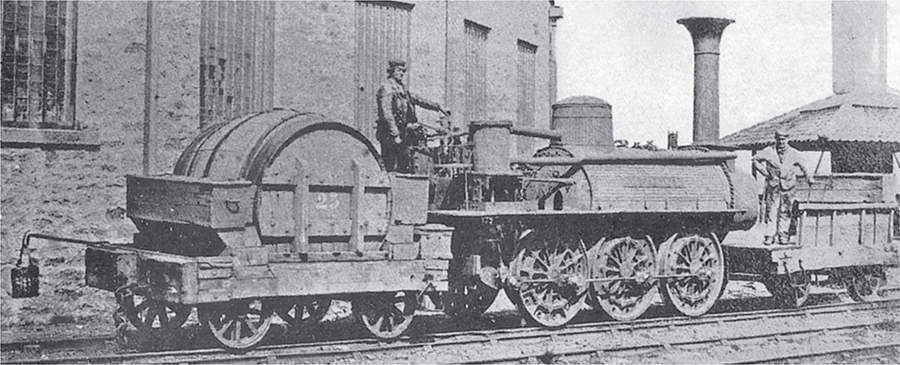
Wilberforce class Stockton and Darlington loco, with vertical cylinders at the drivers end, and the fire door recessed into the smokebox. Large barrel for water, and coal tender at the smokebox end. Is that brazier a headlight or tail light? ( Anthony Dawson collection )
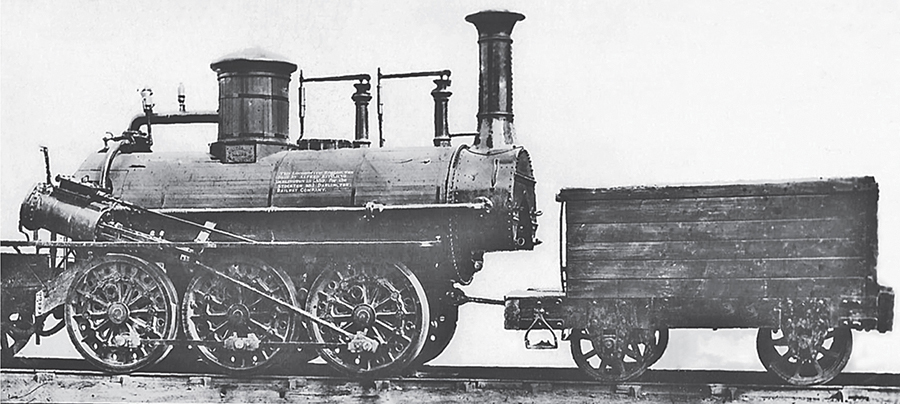
This S&D loco built by Kitching in 1839 combines the inclined-cylinder layout driving the front axle with a fire door recessed into the smokebox. It was rather late to be building return-flue boilers, but they worked for the S&D, fuel was cheap and speed was not important. Both this and Wilberforce were photographed during the 1925 S&D centenary celebrations. ( Anthony Dawson collection )
The modelling potential of some of the earliest railways is described fairly briefly; we then concentrate on the period from the opening of the Liverpool & Manchester Railway to the 1880 Railway Act. The L&M was the first proper railway with locomotive haulage and dispensing with the common user system as operated by the turnpike roads, the canals and such early railways as the Stockton & Darlington. This book describes a time of rapid evolution when the railways were experimenting and working out how to run successfully, safely and efficiently. There was no right way to do it, because it had never been done before. By 1880, the railways had developed signalling, block working and effective brakes, and anyone time travelling back to 1880 would see very much that is still familiar today. Indeed, many locomotives and rolling stock built around 1880 lasted well into the twentieth century, some of them surviving on preserved railways up to the present day.
It is an era with much to commend it from a modellers point of view. Although Rev Edward Beal in Modelling the Old-time Railways was promoting a slightly later period (he found the very early period too embryonic and unlovely for his taste), he made one of the most telling arguments in favour of the old days: that the trains were so much shorter and therefore easier to fit into the limited space most of us have available. In fact, the earlier the period chosen, the more forcefully this applies. At the latter part of the steam era, a main line express train would hardly be convincing with less than a 4-6-0 locomotive and about eight bogie carriages, occupying in 0 gauge a length of twelve or thirteen feet, and needing a curve radius of at least six feet, whereas an 1840 express of a locomotive and a dozen carriages might be no more than about six feet long and, behind the scenes at least, can take curves with a radius of two or three feet.
Font size:
Interval:
Bookmark:
Similar books «Early Railways»
Look at similar books to Early Railways. We have selected literature similar in name and meaning in the hope of providing readers with more options to find new, interesting, not yet read works.
Discussion, reviews of the book Early Railways and just readers' own opinions. Leave your comments, write what you think about the work, its meaning or the main characters. Specify what exactly you liked and what you didn't like, and why you think so.

